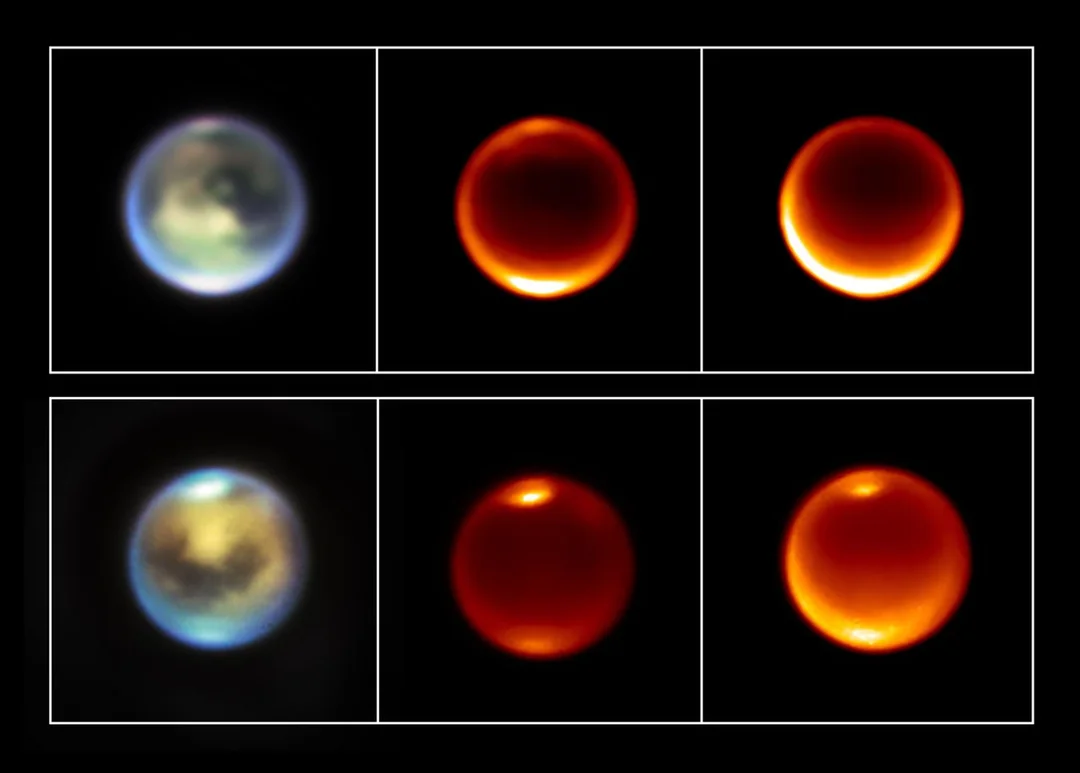
James Webb Telescope Reveals Earth-Like Weather on Saturn’s Moon Titan: Methane Clouds and Rainfall Spotted!
Saturn's moon Titan, often dubbed an 'Earth-like' world, has long fascinated scientists with its unique characteristics. Now, new observations from the James Webb Space Telescope (JWST) and the Keck Observatory are offering unprecedented insights into Titan's weather patterns, revealing a dynamic system of methane clouds and rainfall rivaling Earth's water cycle. Why is this significant? Because Titan is the only other celestial body in our solar system known to have a weather system comparable to our own.
What's New on Titan? Recent data unveils compelling evidence of cloud convection in the moon's northern hemisphere, a region teeming with lakes and seas composed of liquid methane and ethane. "We were able to see methane clouds evolving and changing close to Titan’s north pole over multiple days, in the region where large seas and lakes of methane were discovered by the Cassini spacecraft," said Conor Nixon of NASA's Goddard Space Flight Center, lead author of a paper published in Nature Astronomy. This discovery is critical, enabling a better understanding of Titan’s climate cycle, including how methane clouds generate rain and replenish the methane evaporated from the lakes.
Titan: A World of Methane Rivers and Lakes. Unlike Earth, where water dominates the climate, Titan's weather revolves around methane. It has a dense atmosphere composed of 98% nitrogen and 2% methane. Its surface is sculpted by liquid methane rain, lakes, and oceans, creating an alien landscape of shorelines, valleys, mountain ridges, and dunes. These features were observed before by missions like Cassini and Huygens, and scientists long suspected for the presence of clouds on Titan.
The Webb Telescope's Breakthrough. Combining data from the Keck II telescope with infrared observations from the JWST, researchers have provided a comprehensive view of Titan's atmosphere, spotting cloud convection for the first time. These observations, conducted in November 2022 and July 2023, focused on the northern latitudes, where methane lakes mirror Earth's Great Lakes. Furthermore, the observations traced the altitudes of Titan's clouds, noting how they rise to higher altitudes, where sunlight or energetic electrons from Saturn's magnetosphere break down methane into molecules like ethane. These subsequently condense and manifest as rain, rejuvenating the surface and closing the methane cycle.
Looking Ahead: The Dragonfly Mission. While incredibly exciting, these discoveries are only the beginning. NASA's upcoming Dragonfly mission, slated for launch in July 2028 and arrival in 2034, promises to bring even greater insights to Titan. A drone-like rotorcraft will explore Titan to analyze its surface, providing far more detailed data about this Earth-like alien realm.
A Glimpse into Alien Weather. This newfound understanding of Titan's weather patterns highlights just how unique and potentially habitable this moon could be. Although frigid temperatures and a methane-based environment pose challenges to human habitability, further research might reveal the potential for prebiotic chemistry. What other secrets does Titan hold, and what can it teach us about the possibility of life beyond Earth?
Share your thoughts in the comments below. What do you think these discoveries mean for the future of space exploration and our understanding of potential life beyond our planet?